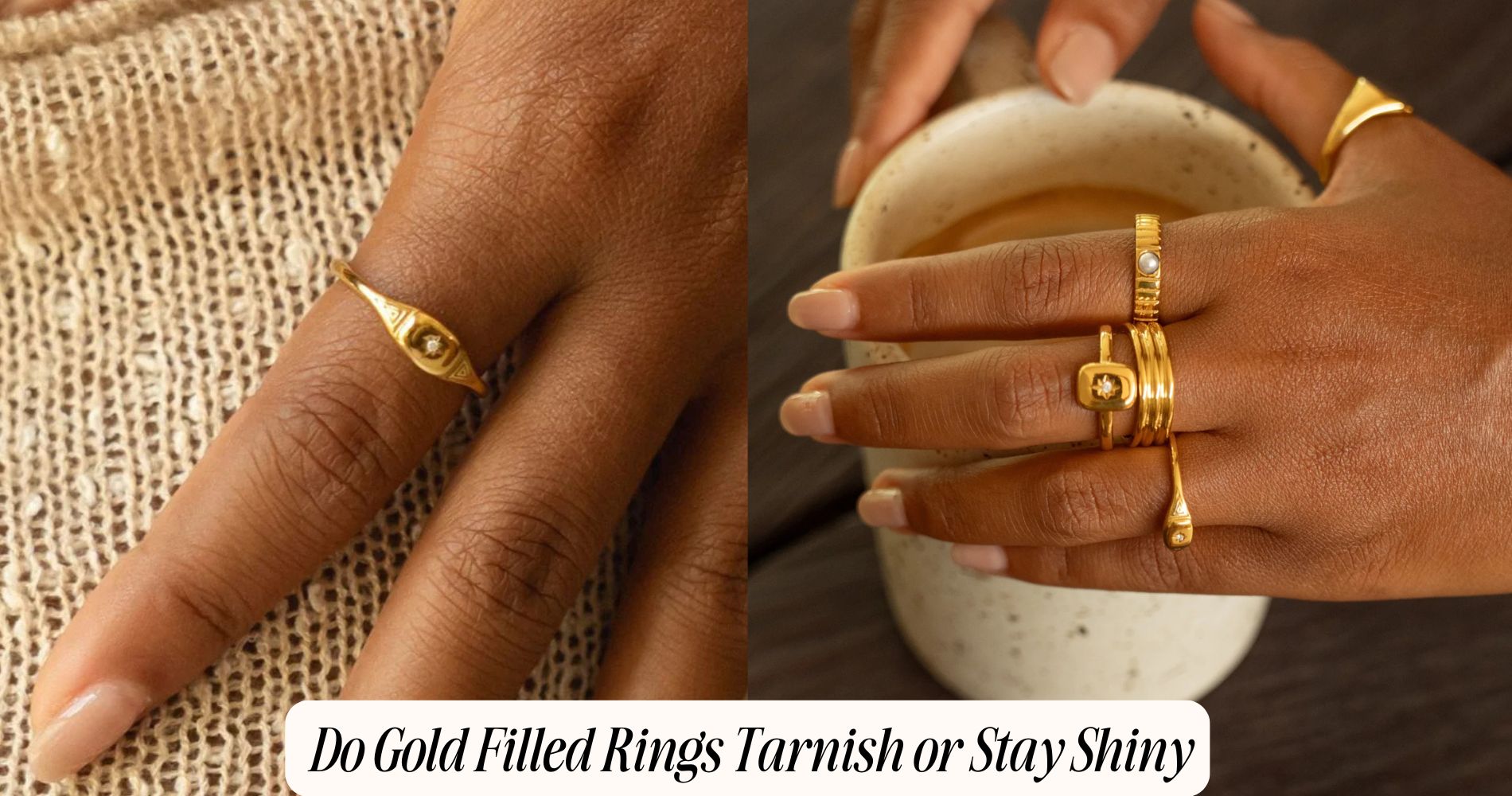
Do Gold Filled Rings Tarnish or Stay Shiny
Do gold filled rings tarnish? Not easily — and that’s what makes them such a lasting choice. Gold-filled rings contain a thick, legally defined layer of karat gold (at least 5% by weight) bonded over brass, creating a durable surface that resists tarnish and moisture. With proper care — rinsing after sweat, using pH-neutral soap, and avoiding chlorine or abrasives — they can keep their shine for 5 to 15 years. For elegant, long-lasting options, explore Atolea’s Dainty Rings collection.
What “Gold-Filled” Really Means
Think of “gold-filled” as engineered durability, not a marketing euphemism. You’re buying a brass or jeweler’s metal core mechanically bonded to a thick layer of karat gold. U.S. standards require a minimum 5% gold content by total weight (1/20), measured on the entire piece.
That’s orders of magnitude thicker than cosmetic coatings.
During the manufacturing process, sheets or wire of karat gold are fused to the base metal under heat and pressure, creating a diffusion bond. The result isn’t paint or plating; it’s a metallurgical laminate with consistent thickness.
Because the gold layer is substantial, routine wear exposes gold, not base metal, at the surface. You get reliable color, better resistance to corrosion, and predictable performance with normal care and occasional gentle cleaning.
Gold-Filled vs. Gold-Plated vs. Solid Gold
Now that you know gold-filled is a thick, mechanically bonded gold layer over a base metal, it helps to compare it with gold-plated and solid gold.
Gold-filled uses at least 5% gold by weight, so the layer is substantially thicker than plating and resists wear from daily use.
Gold-plated jewelry has a microscopically thin, electroplated layer (often under 0.5 microns). It’s budget-friendly but prone to rapid abrasion, so base metal exposure happens sooner.
Solid gold is homogeneous throughout, offering the highest gold durability, easy resizing, and lifetime serviceability.
For cost comparison, gold-filled delivers strong longevity at a fraction of solid gold’s price, making it practical for frequent wear.
Plated pieces suit occasional use or trend testing. If you want heirloom-grade performance, choose solid gold; for balanced value and durability, choose gold-filled.
Why Metals Tarnish and How Gold-Filled Resists It
Although many metals darken over time, tarnish isn’t dirt—it’s a surface chemical reaction. Silver, copper, and brass react with sulfur compounds and oxygen, forming sulfides and oxides that dull luster.
These metal reactions accelerate with humidity, sweat, cosmetics, and polluted air. You see it as discoloration, pitting, and loss of reflectivity.
Gold-filled resists tarnish because its outer layer is thick, mechanically bonded 10k–14k gold, typically 5% of total weight, over a brass core.
Gold is chemically inert, so the barrier blocks reactive gases and moisture from reaching the base metal. Compared with plating, the greater gold thickness prevents porosity and micro-cracks, key to tarnish prevention.
You still benefit by rinsing after exposure to sweat, avoiding sulfur-rich products, and storing pieces dry and sealed.
How Long Gold-Filled Rings Typically Stay Shiny
How long does the shine last? You can expect gold-filled rings to retain a high-luster finish for years, not months. With a thick bonded gold layer (typically 5% by weight), the average lifespan of noticeable shine ranges from 5 to 15 years under normal wear.
Independent bench tests show minimal surface dulling when the gold layer exceeds 10 microns, which most quality gold-filled pieces meet or surpass.
For shine maintenance, clean gently with lukewarm water, mild detergent, and a soft, nonabrasive cloth. Dry thoroughly to prevent water spots.
Store each ring separately in a fabric-lined box to reduce micro-scratches that scatter light. If the finish loses brilliance, a professional jeweler can perform noninvasive polishing to restore reflectivity without compromising the bonded gold layer.
Everyday Factors That Can Dull the Finish
Even with a robust gold layer, daily habits can gradually mute a gold-filled ring’s luster. You expose the surface to environmental exposure—humidity, airborne sulfur compounds, salt aerosols, and urban pollution—that deposits films and accelerates surface dulling.
Your skin chemistry also matters; higher acidity, sweat chloride, and certain medications can increase corrosion potential, creating microfilms that scatter light.
Friction is another driver: gym equipment, keyboards, and pockets cause micro-abrasions, reducing specular reflection.
Cosmetics and personal care products—sunscreens, lotions, perfumes, hair sprays—contain silicones, waxes, and surfactants that leave residues, visually clouding the finish.
Household tasks add risk; detergents and bleach introduce oxidants and alkalinity that degrade brightness.
Even brief pool or hot-tub exposure combines heat and chlorinated water, hastening surface discoloration.
Best Practices to Clean Gold-Filled Rings at Home
Daily wear can leave films and micro-abrasions, so adopt a gentle, repeatable cleaning routine to restore luster without thinning the gold layer.
Use gentle cleaning: soak the ring in lukewarm water with a few drops of pH-neutral dish soap for 10–15 minutes. Dislodge residue with a soft-bristled baby toothbrush, brushing along the grain, not across. Rinse under tepid water and pat dry with a lint-free microfiber cloth to avoid fiber drag.
For DIY solutions, remove mineral deposits with a 50:50 mix of distilled water and white vinegar for 2–3 minutes, then neutralize with a soap rinse.
Avoid abrasive powders, toothpaste, baking soda pastes, ultrasonic units, and ammonia—these can erode the bonded layer or loosen settings.
Finish with a gold-specific polishing cloth, using light pressure only.
Storage and Wear Habits to Prevent Tarnish
Although gold-filled jewelry resists tarnish better than plated pieces, your storage and wear habits still determine how long it stays bright.
Use proper storage: keep rings in individual soft pouches or lined compartments to prevent friction that abrades the gold layer. Add anti-tarnish strips or silica gel to reduce humidity, a proven driver of oxidation on base metals. Store away from sulfur sources like rubber bands and felt.
Adopt protective wear habits. Put rings on last after lotions, sunscreen, or fragrance have dried to minimize residue accumulation. Remove rings before workouts, swimming, or cleaning to avoid sweat, chlorinated water, and detergents that accelerate surface dulling.
After each wear, wipe with a lint-free cloth to remove salts and skin oils, then return the ring to its designated container.
Safe-to-Use Products and What to Avoid
Two categories matter when you clean gold-filled rings: gentle, non-reactive cleaners you can use routinely, and harsh agents you should avoid.
For safe cleaning, use lukewarm water, a few drops of pH-neutral dish soap, and a soft-bristled brush. Rinse thoroughly and pat dry with a lint-free microfiber cloth. A non-abrasive jewelry polishing cloth labeled safe for gold works for final shine. Ultrasonic cleaners are generally fine if stones are secure and the manufacturer permits them.
Avoiding harsh chemicals protects the bonded gold layer. Skip chlorine bleach, ammonia-heavy solutions, acetone, peroxide, and silver dips; they can undercut solder joints and discolor base alloys.
Don’t use baking soda, toothpaste, or scouring powders—abrasives scratch. Keep cosmetics, sunscreen, and hair spray off rings; wipe residues promptly to minimize film buildup.
When to Seek Professional Cleaning or Repairs
When routine cleaning no longer restores luster or you notice structural issues, it’s time to see a professional jeweler. Seek expert evaluation if you see deep discoloration that resists mild soap, a loose stone, bent prongs, thinning shank, or a clasp that won’t close securely.
A jeweler can differentiate surface grime from base-metal exposure and recommend appropriate tarnish removal.
Ask for professional polishing only when necessary; over-polishing can thin the gold layer on gold filled rings. Pros use ultrasonic cleaning and steam under controlled conditions to avoid loosening settings.
They’ll also check solder joints, prong integrity, and ring roundness, then perform precision tightening or reshaping. Expect clear estimates, warranty-safe methods, and documentation.
Regular professional inspections every 6–12 months help maintain shine and structural safety.
Signs It’s Time to Replace Your Ring
Even with diligent care, a gold filled ring can reach a point where replacement is safer and more cost‑effective than repair.
During a visual inspection, look for exposed base metal where the gold layer has worn through; this indicates irreversible plating loss. Deep gouges, flattened prongs, or misshapen shanks compromise structural integrity and stone security. Persistent skin discoloration or recurring tarnish after professional cleaning suggests the gold layer is too thin to protect the core alloy.
Evaluate fit and comfort: sharp edges, warping, or chronic snagging signal metal fatigue. If resizing would remove more of the gold layer, prioritize ring replacement.
Finally, calculate total lifetime costs—frequent soldering, re‑polishing, and prong work add up. When maintenance intervals shorten, replacement typically delivers better durability and predictable performance.
Frequently Asked Questions
Are Gold-Filled Rings Hypoallergenic for Sensitive Skin?
Yes, generally. You typically tolerate gold-filled rings well because thick gold layers minimize nickel exposure, reducing gold allergies and skin irritation. However, if you’re extremely sensitive, verify the base metal (brass vs. nickel) and choose nickel-free, tested options.
Can Gold-Filled Rings Be Resized Without Damaging the Layer?
Yes, but only with conservative resizing techniques and an experienced jeweler. You should prioritize cold stretching over cutting/soldering to preserve layer integrity. If downsizing, request compression, laser welding, and burnishing. Always assess thickness, karat, and base metal first.
Do Saltwater or Chlorinated Pools Affect Gold-Filled Solder Joints?
Yes, both environments can degrade gold-filled solder joints. Saltwater impact accelerates crevice corrosion and galvanic attack at seams. Chlorinated effects weaken flux residues and promote stress corrosion. Rinse immediately, dry thoroughly, and avoid prolonged exposure to preserve joint integrity and longevity.
Will Ultrasonic Cleaners Loosen Stones in Gold-Filled Settings?
Yes, ultrasonic cleaning can loosen stones in gold-filled stone settings. Vibrations exploit micro-gaps, especially with glued, pavé, and older settings. Inspect prongs, tighten as needed, avoid fractured gems, and test gently. Prefer professional evaluation for heirlooms or questionable integrity.
Are Warranties Common for Gold-Filled Ring Finishes?
Yes, but policies vary by brand and retailer. You’ll typically see limited warranty coverage for manufacturing defects, not wear. Verify gold thickness (e.g., 1/20 14K), documented care instructions, and exclusions. Request written terms and claim procedures.
Conclusion
Bottom line: gold-filled rings resist tarnish far better than plated pieces and, with routine care, stay shiny for years. You’ll keep luster by rinsing after sweat, sunscreen, or chlorine exposure, drying thoroughly, and storing in an airtight pouch. Use mild dish soap, warm water, and a soft cloth; avoid ultrasonic cleaners on hollow pieces, harsh abrasives, and ammonia. If you notice deep scratches, peeling seams, or persistent discoloration, consult a jeweler for professional polishing—or consider replacement.


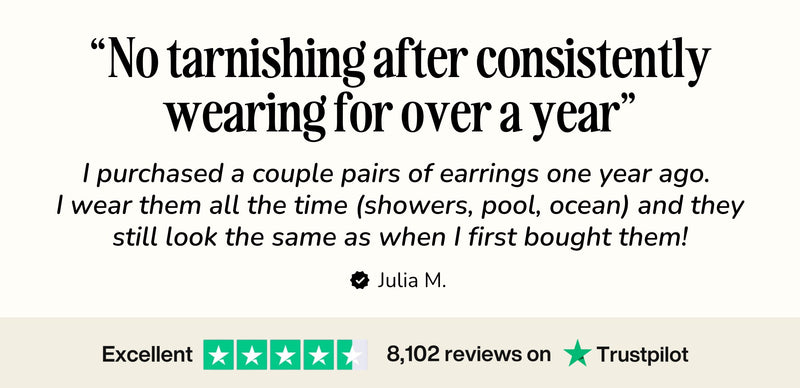




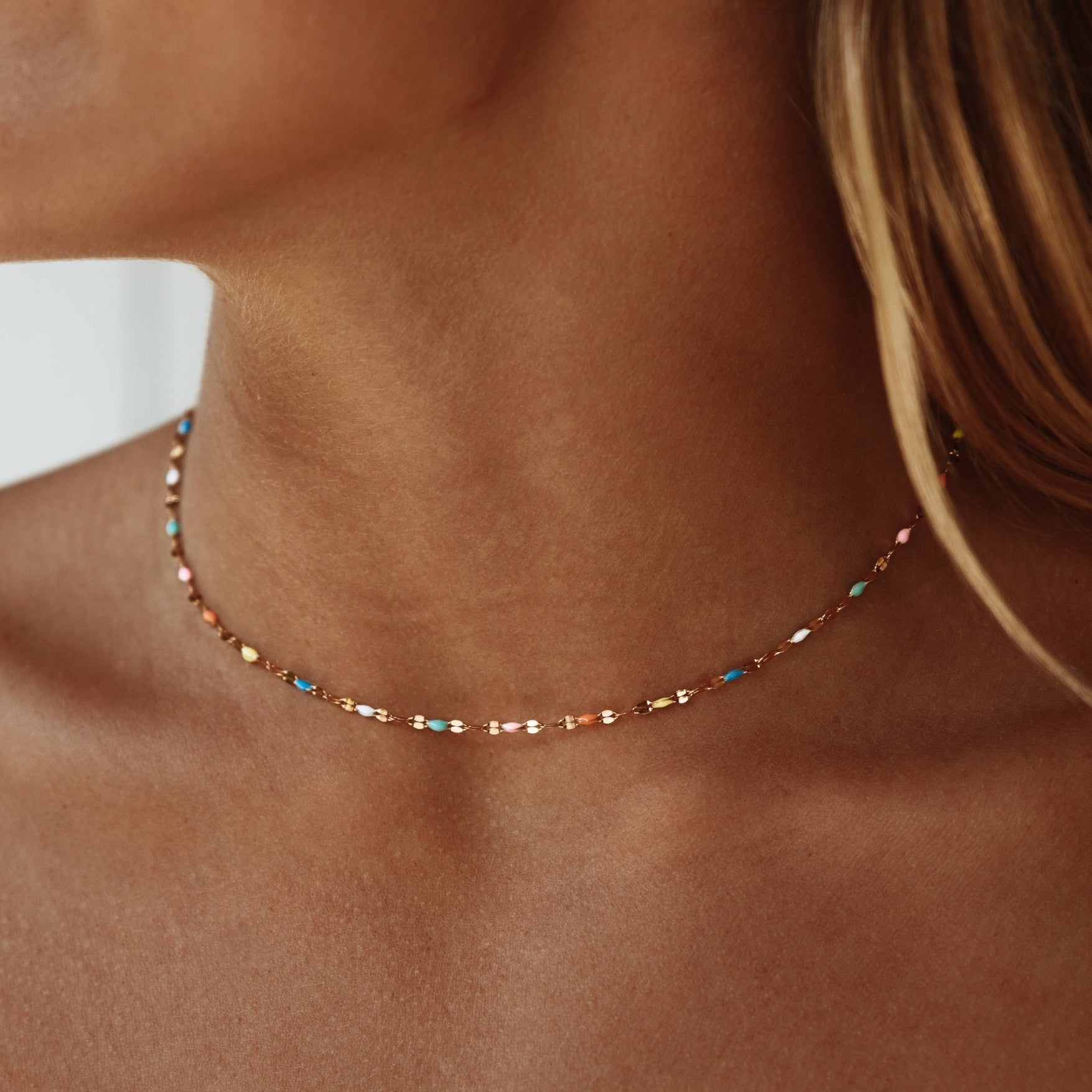
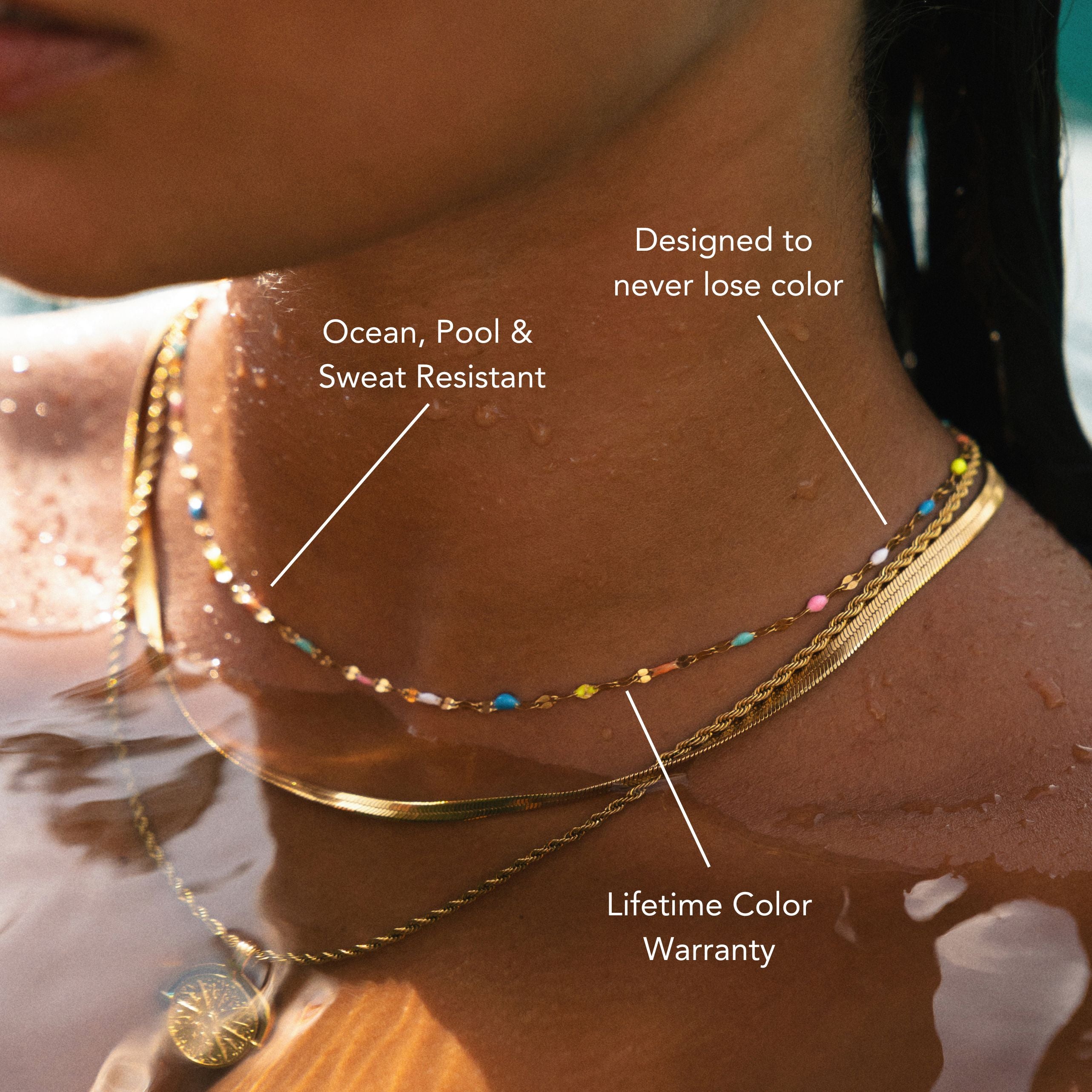
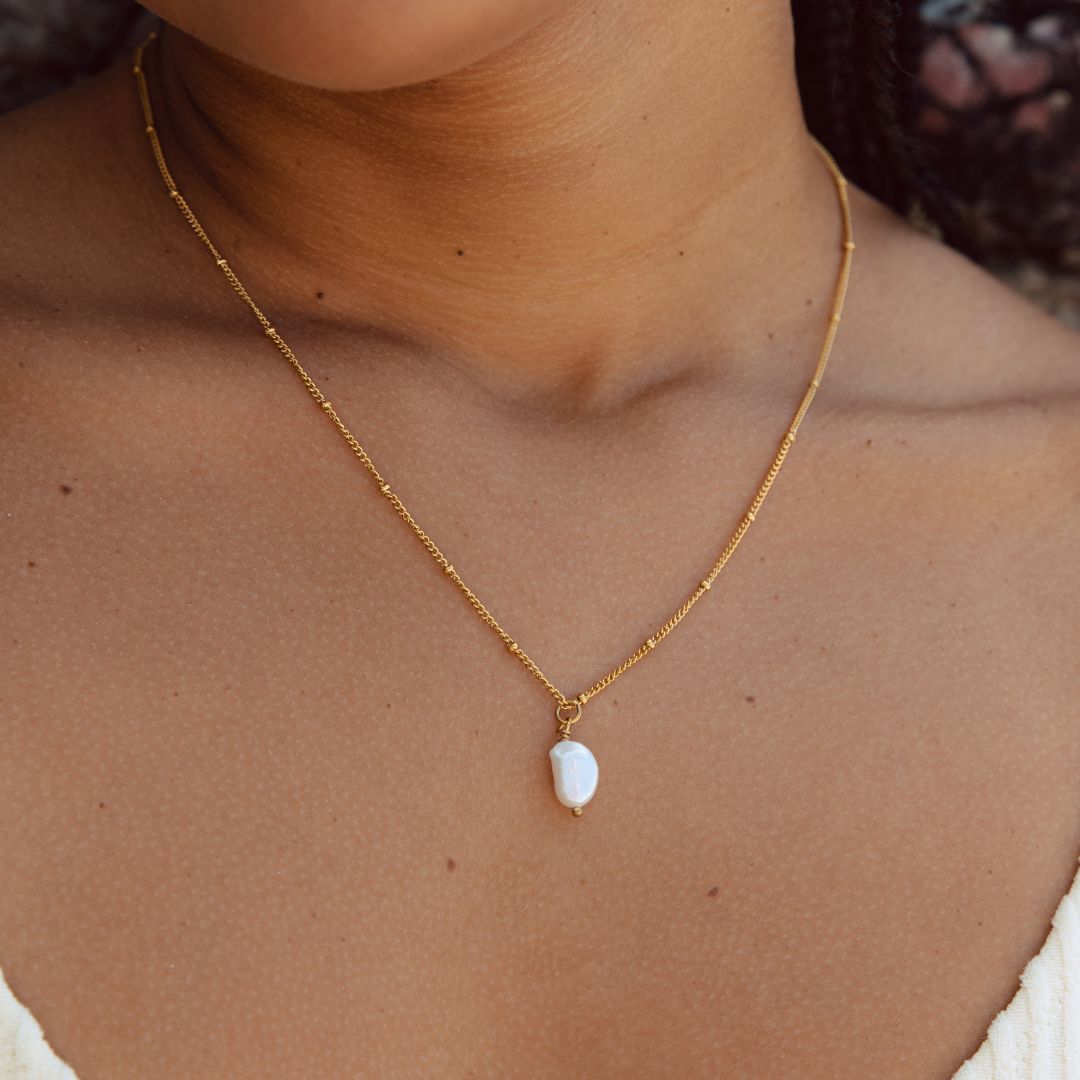
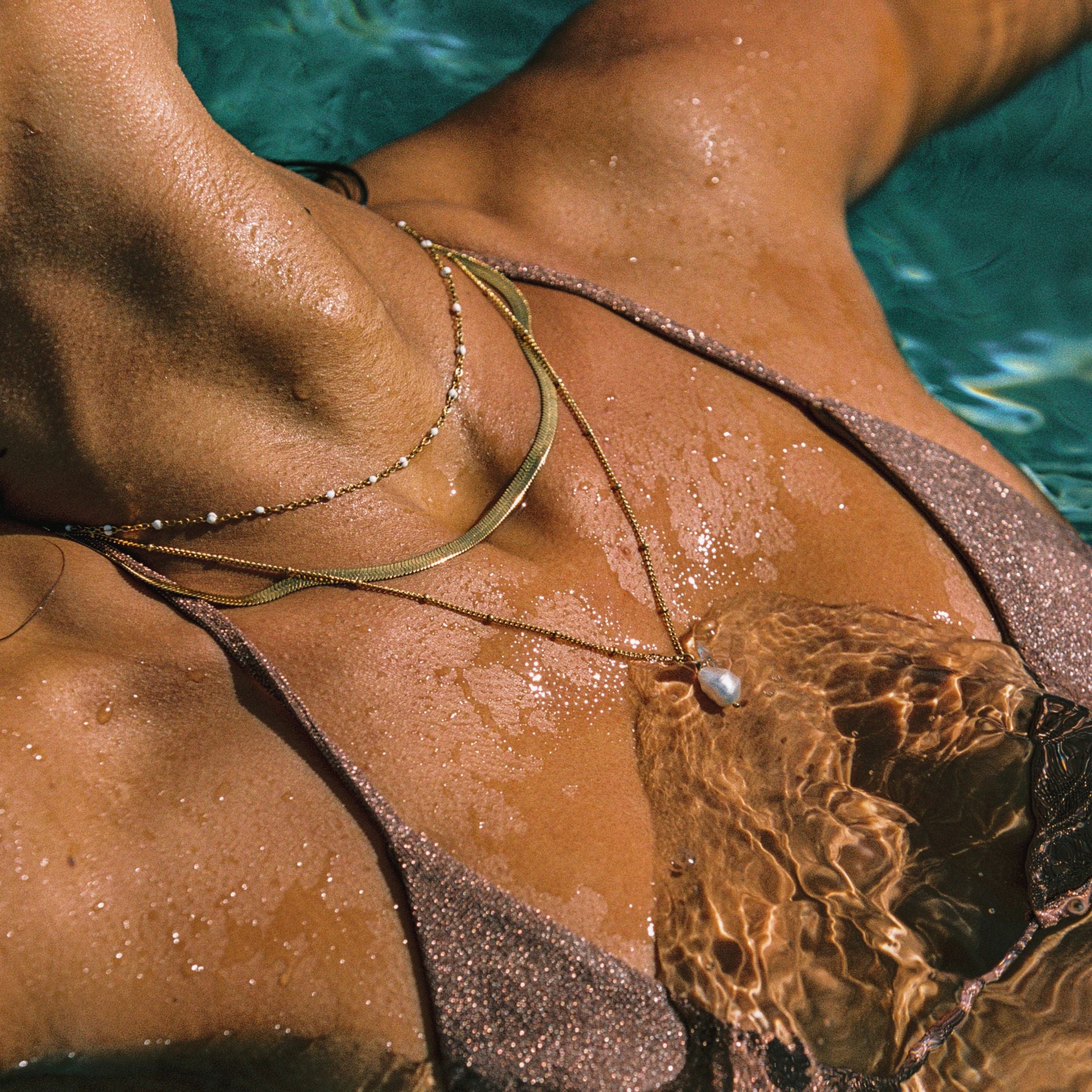
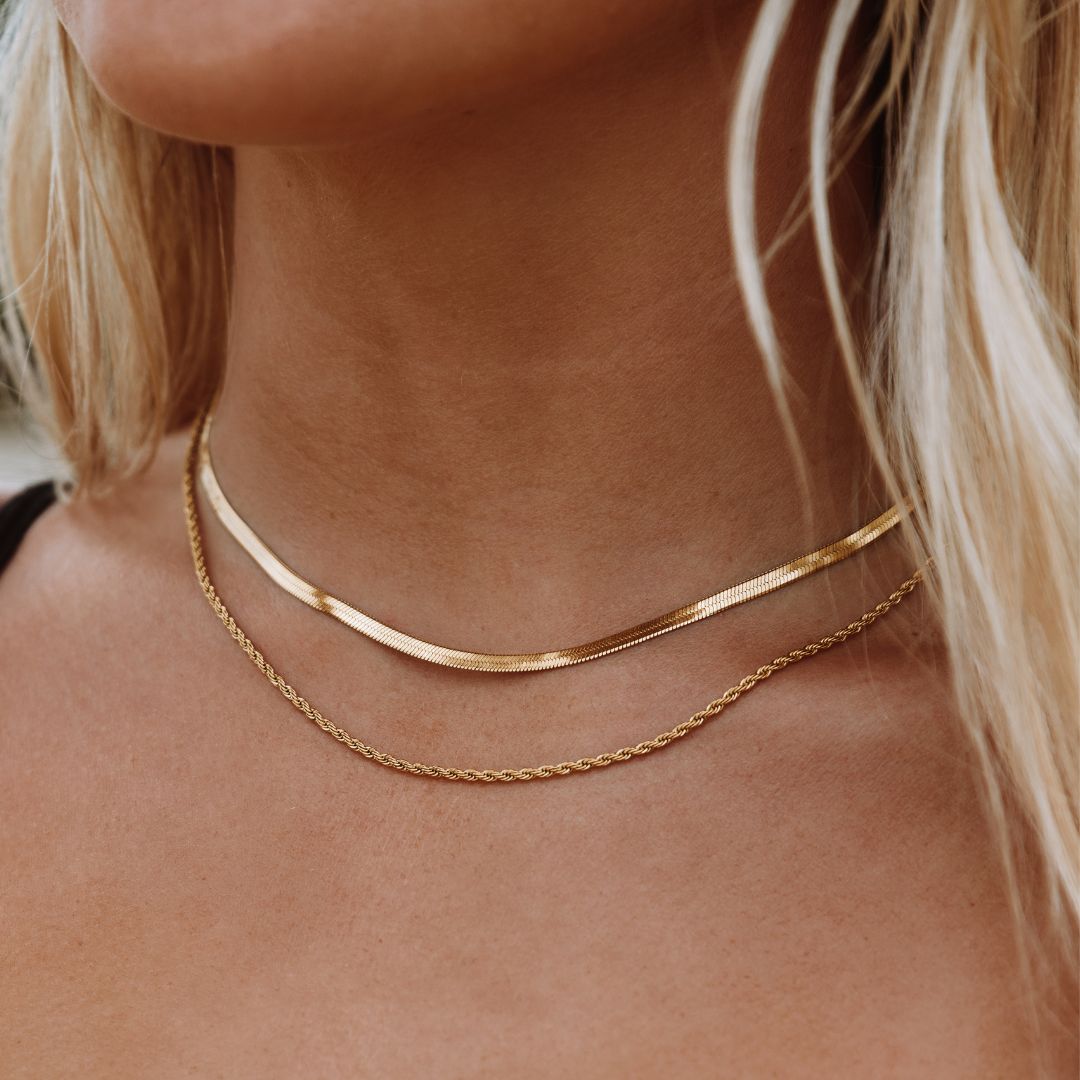
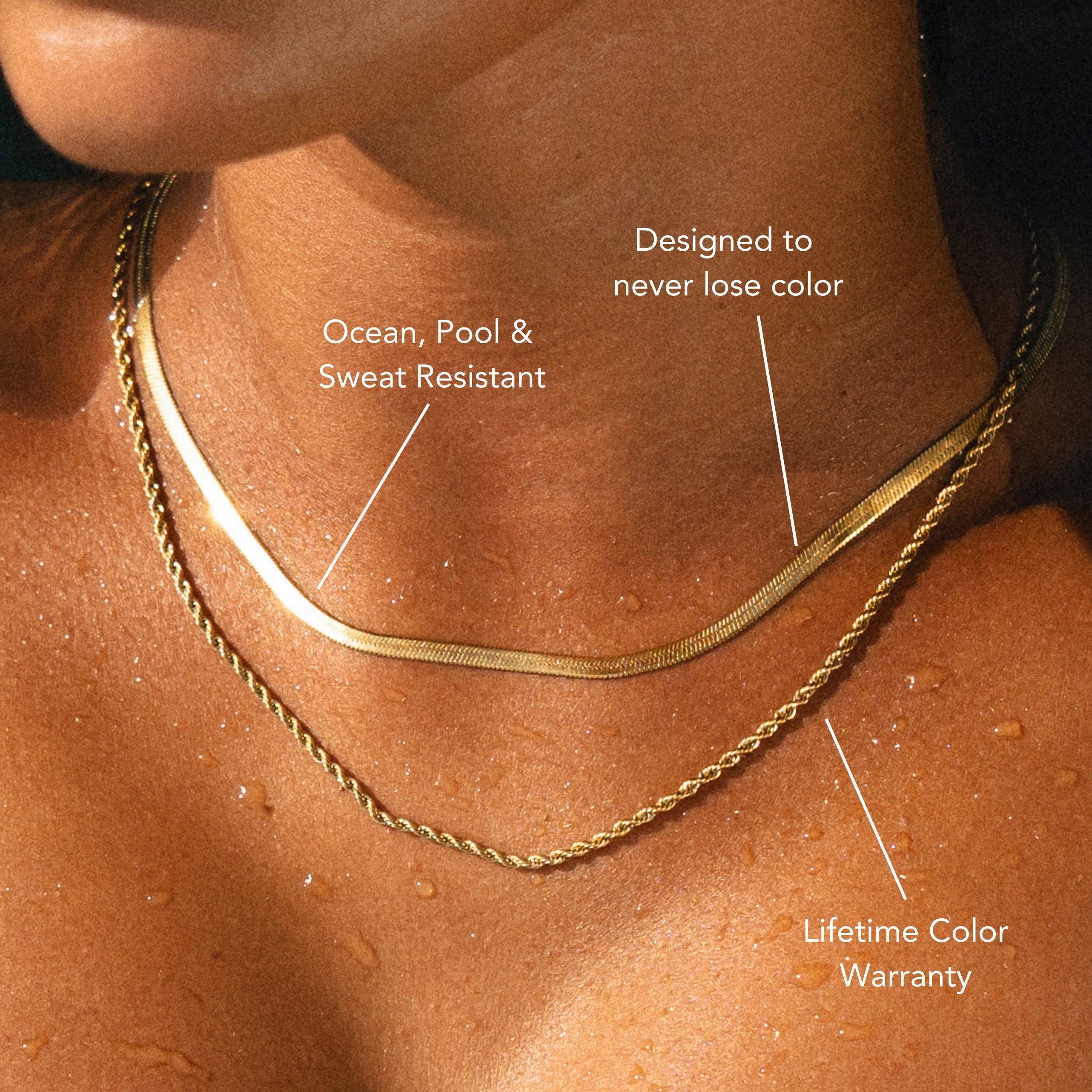
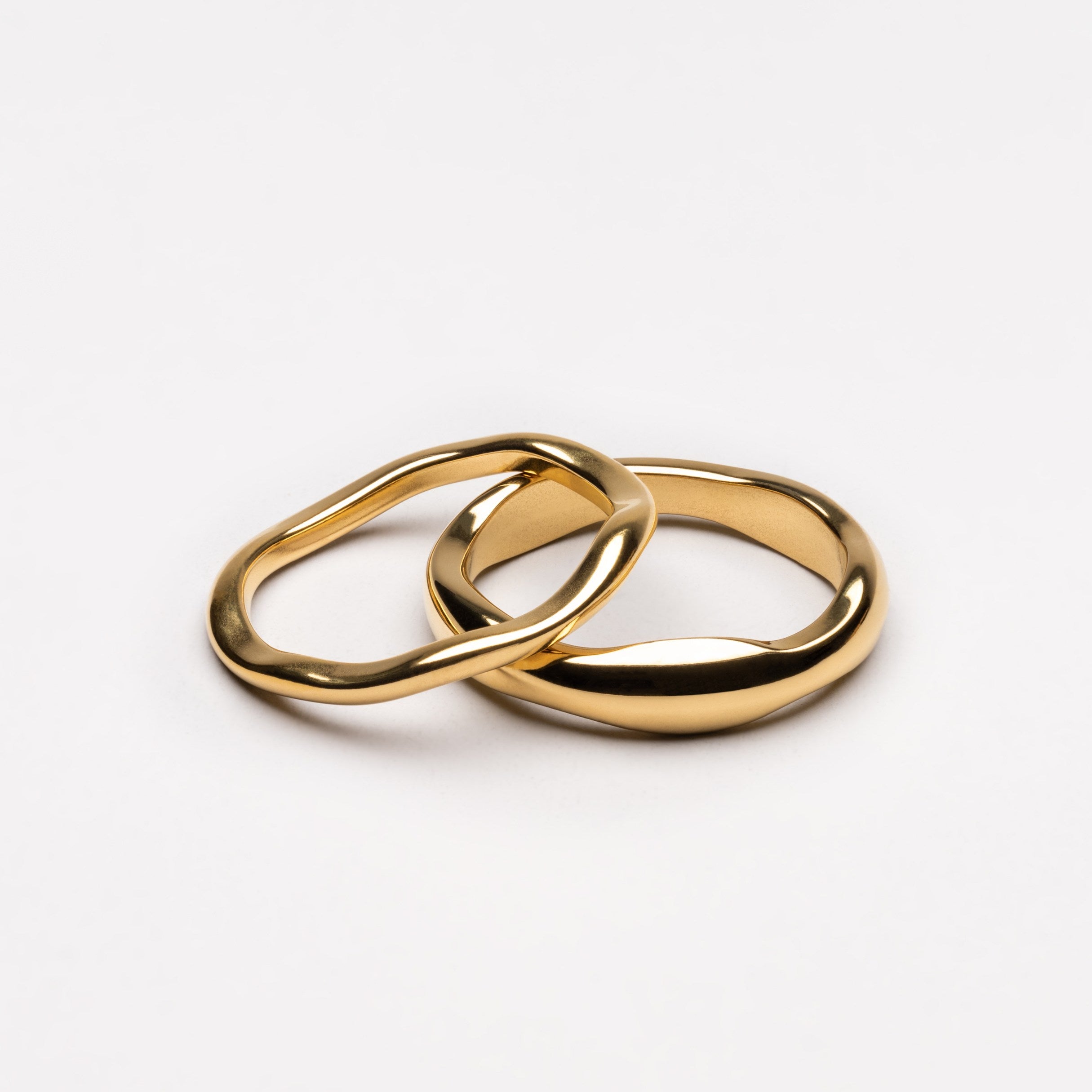
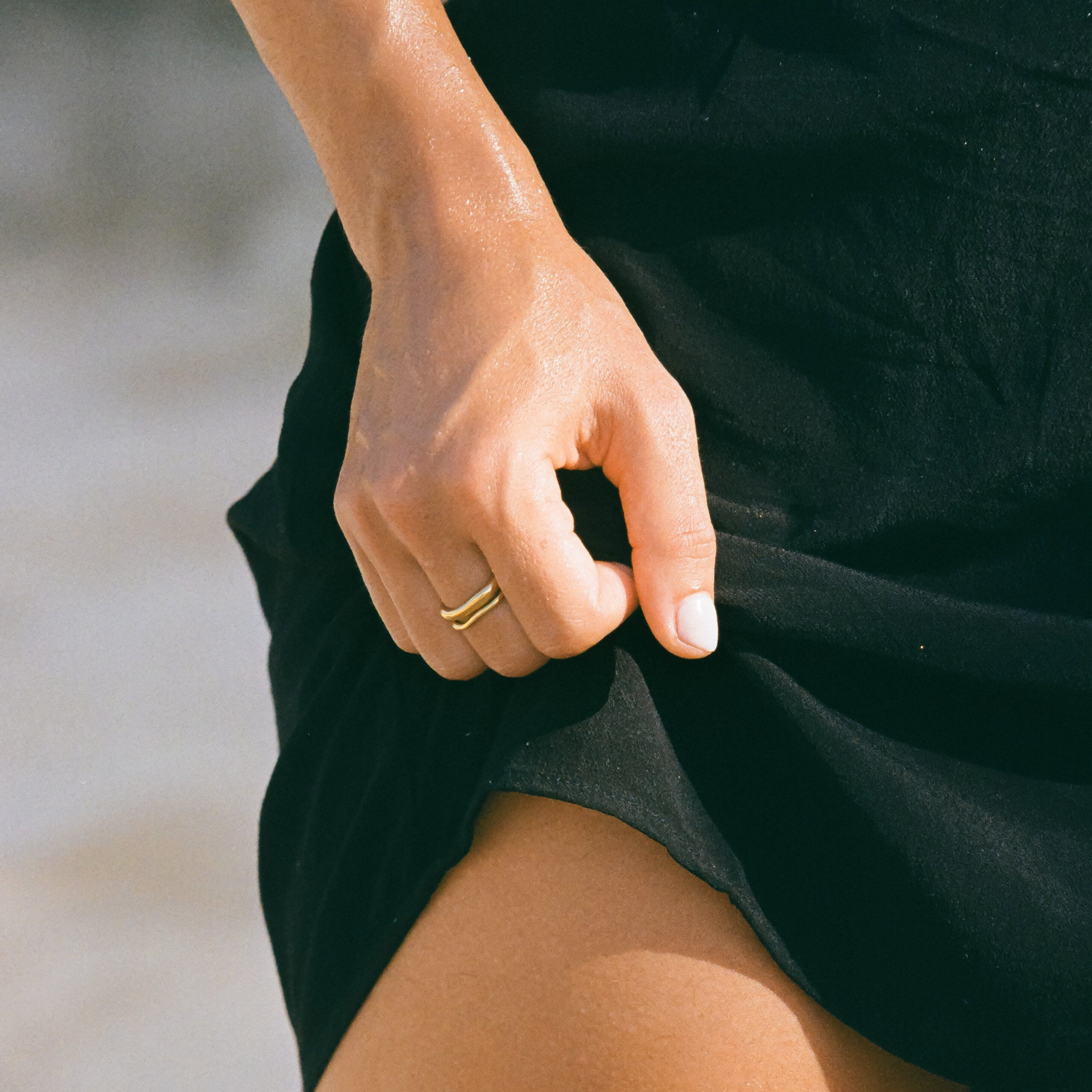
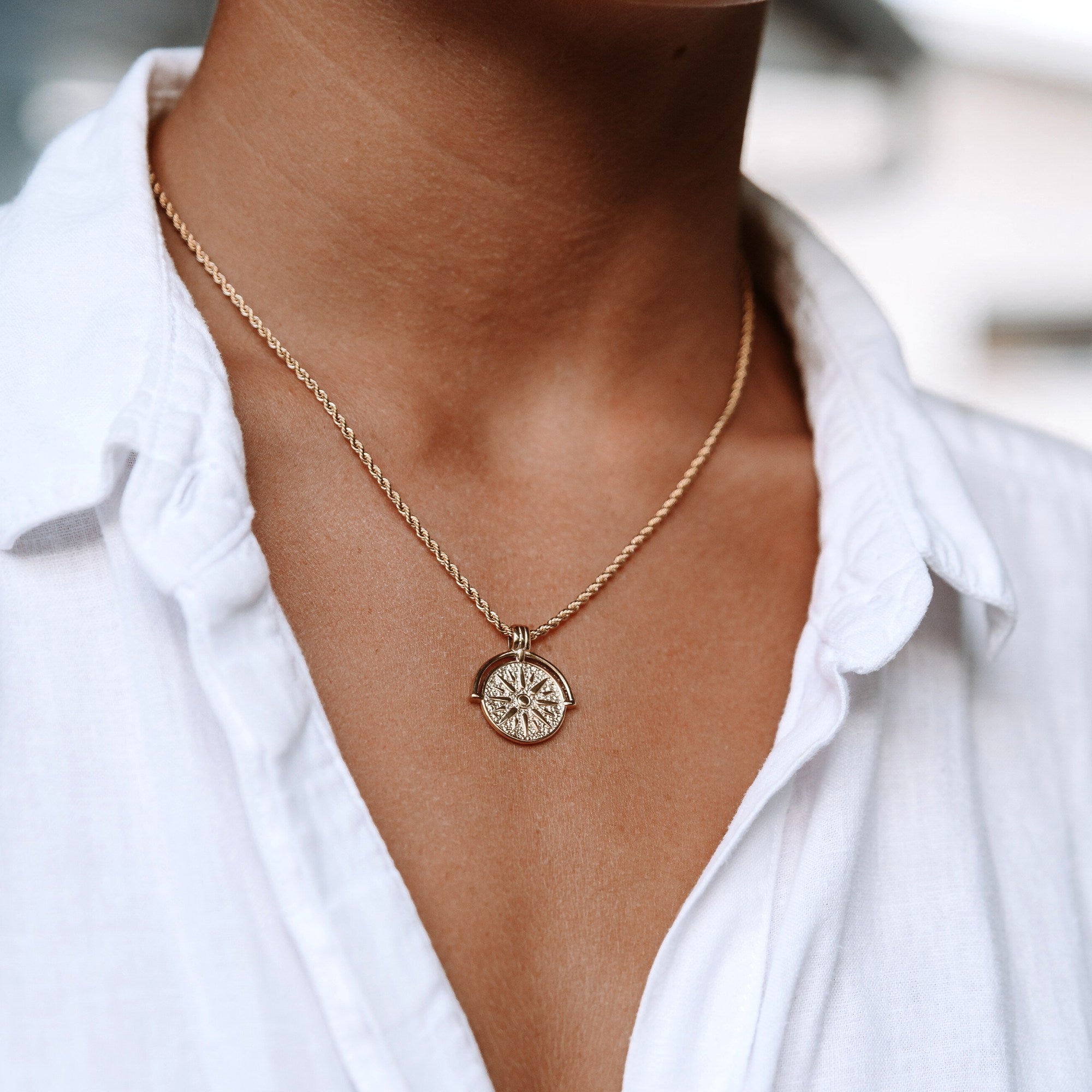
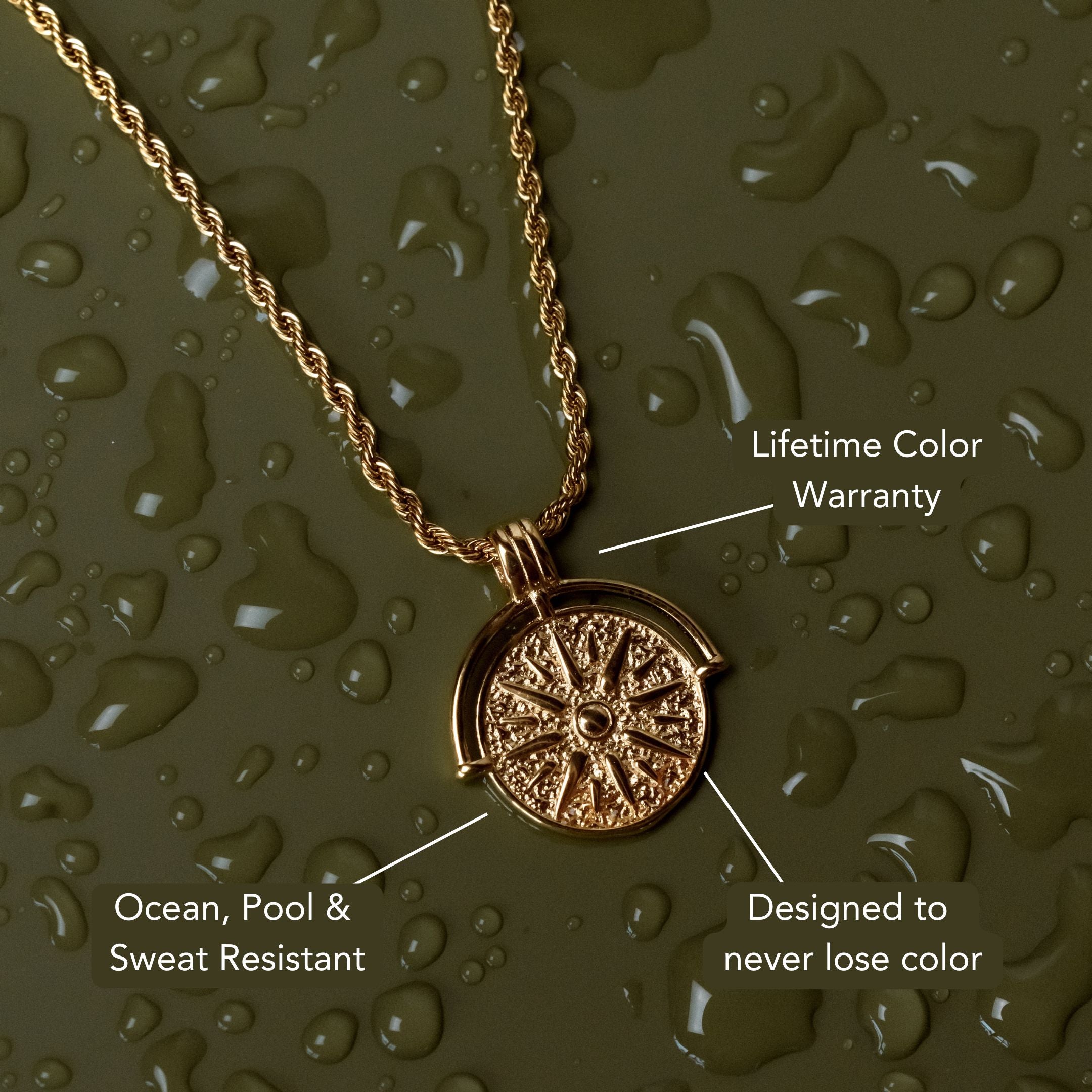
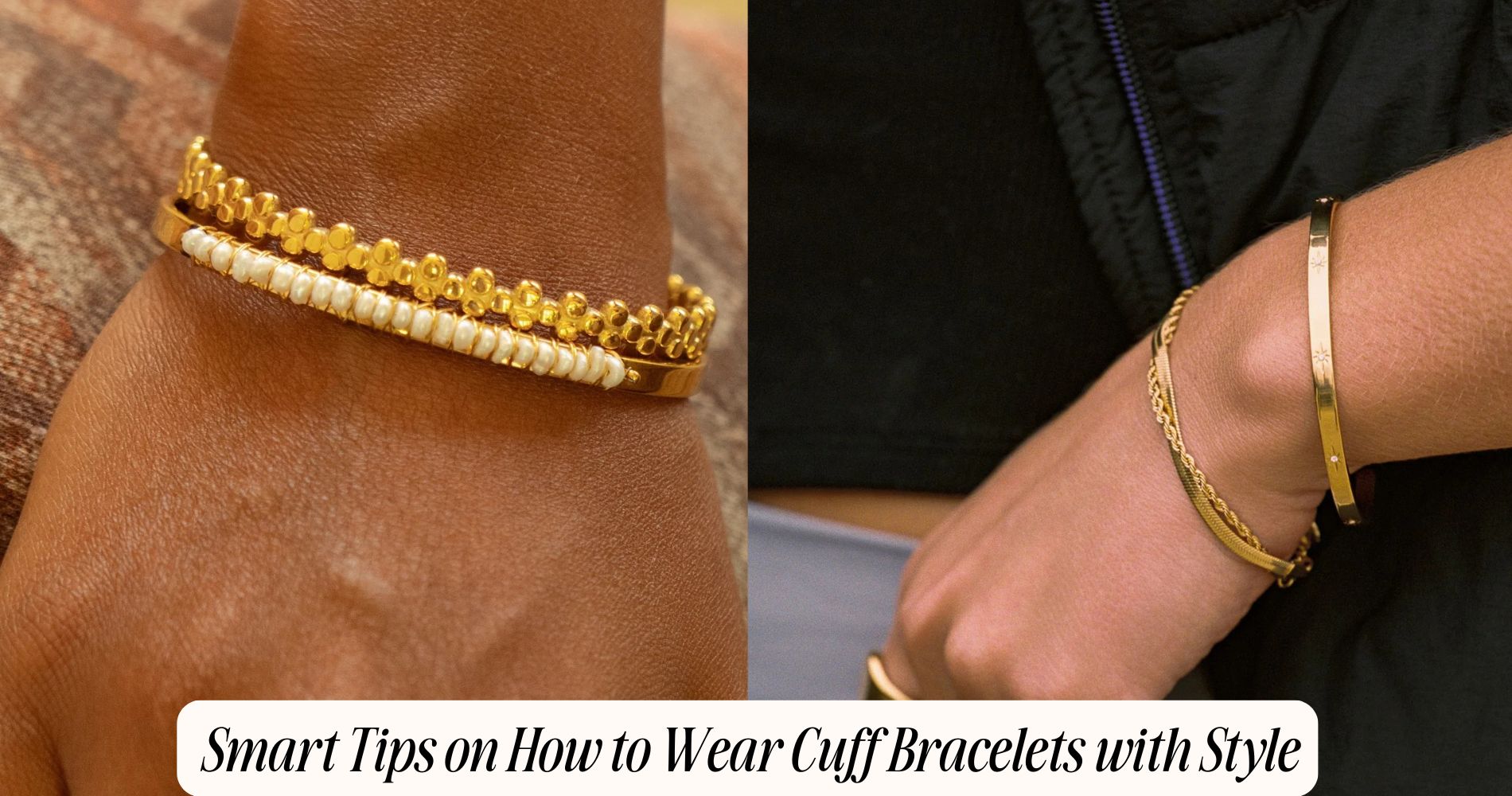
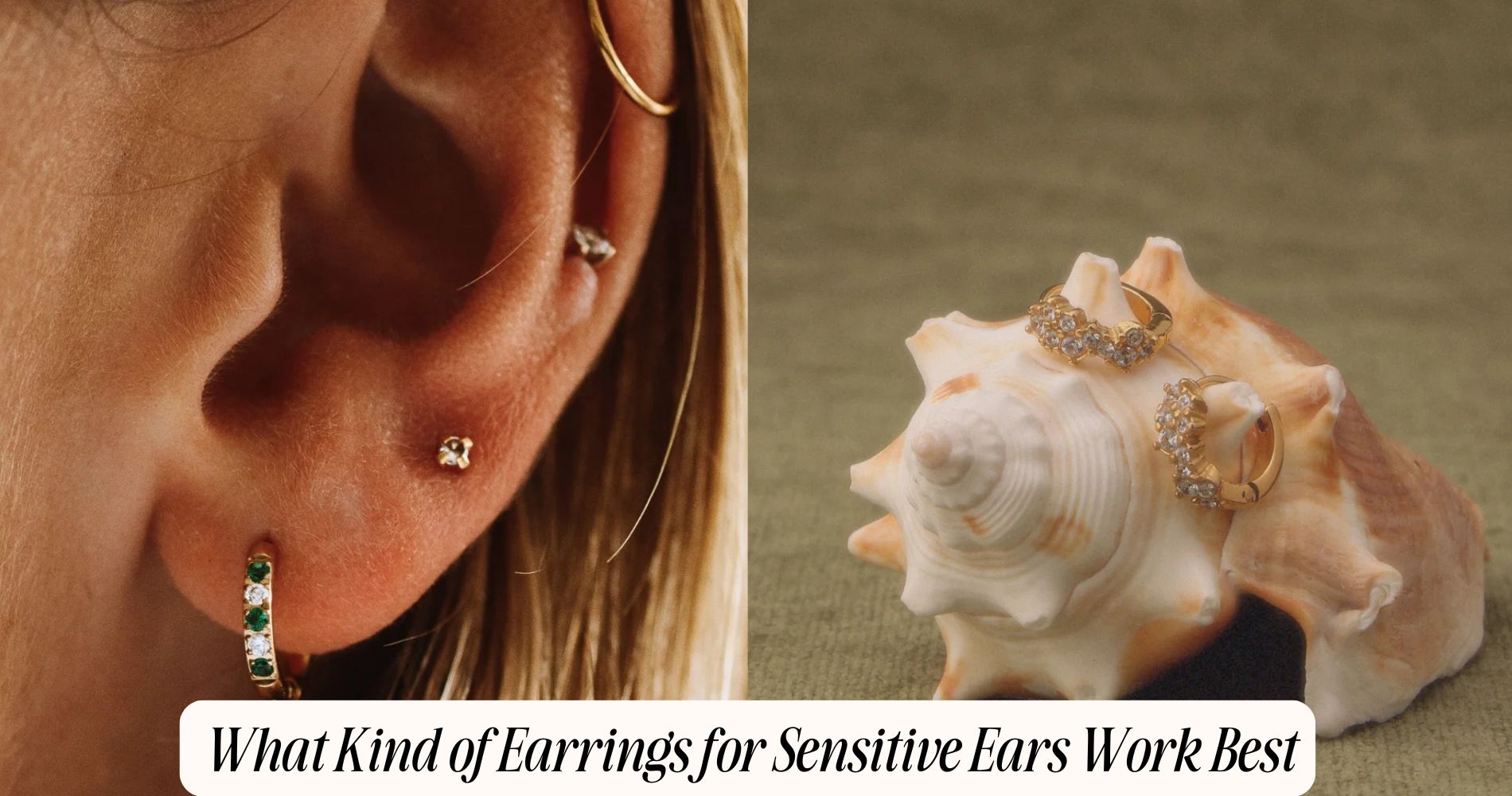




Leave a comment
This site is protected by hCaptcha and the hCaptcha Privacy Policy and Terms of Service apply.